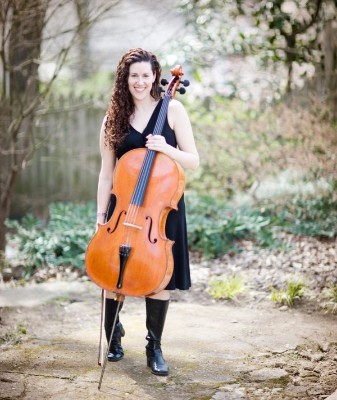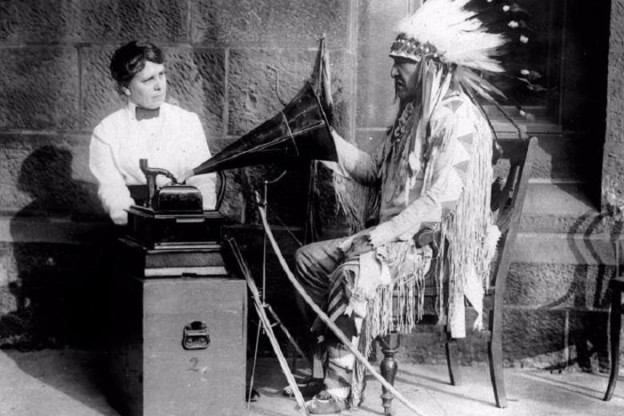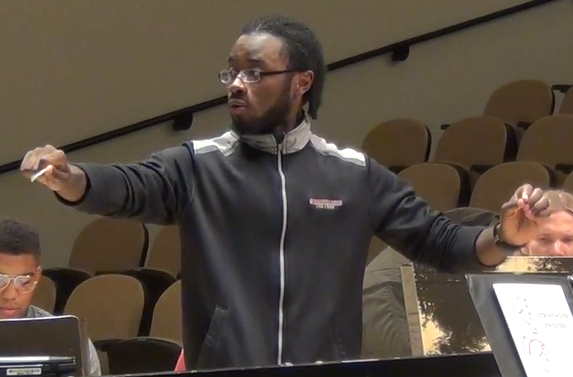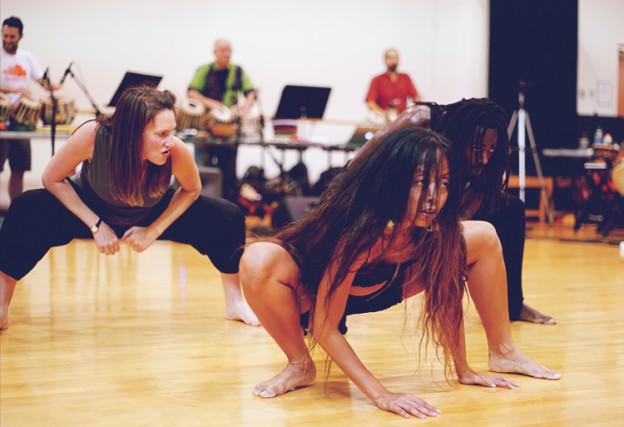The Swarthmore College Wind Ensemble is holding its annual fall program on Saturday, November 17th at 8:00 pm, located at the Lang Concert Hall.
The Wind Ensemble is a Tri-College group, welcoming student musicians from both Haverford College and Bryn Mawr College. The ensemble is directed by Professor Andrew Hauze ‘04.
The repertoire for this concert will feature songs originating from different places around the world. The songs include Percy Grainger’s Irish Tune from County Derry and Shepherd’s Hey, Chen Yi’s Suite from China West, Frank Ticheli’s arrangement of Shenandoah, and Darius Milhaud’s classic Suite Française.
When Hauze plans for each Wind Ensemble concert, he must take into consideration student enrichment, audience reception, and performance cohesiveness.
“Each semester in Wind Ensemble, I try to pick pieces across a range of styles, moods, and technical challenges that will be enriching to work on for the whole semester, but also make a satisfying concert experience for the audience,” Hauze said.
For this fall’s repertoire, Hauze put together an eclectic group of pieces that share a common origin in traditional folk music.
“I had been looking at a number of these pieces for awhile, and I realized that it would be fun to program them all together, as they are all settings or reinterpretations of traditional folk songs (from, respectively, Ireland, England, China, America, and France),” Hauze said. “Though they’re all based on tunes that would be sung in everyday situations over hundreds of years, the ways that these tunes are approached by each composer are remarkably different!”
Out of the repertoire, Hauze is excited to explore one specific piece due to its challenging nature.
“I am particularly excited for the audience to hear Chen Yi’s Suite from China West, a relatively recent piece (written in 2005) by the distinguished Chinese American composer Chen Yi,” Hauze said. “It has been a huge challenge to put together, but the group is sounding great, and the sounds that Dr. Chen finds in this piece are extraordinary.”
The decision to include Chen Yi’s Suite from China West is partly influenced by the big presence of traditional Chinese music on Swarthmore’s campus. Hauze attributes this presence to the Swarthmore College Chinese Music Ensemble, which is led by colleague Professor Lei Ouyang Bryant.
This year’s Wind Ensemble is a bit larger than previous years, composed of thirty-nine members. Additionally, six professional musicians will be joining the student musicians during the concert.
“Working with the Wind Ensemble is always a joy, and this semester has been particularly fun because we’ve had a larger group than normal and the energy has been so lively and positive,” Hauze said. “The students have worked extremely hard to prepare a challenging program, and we’re really excited to share it with everyone.”
David Chan ’19








